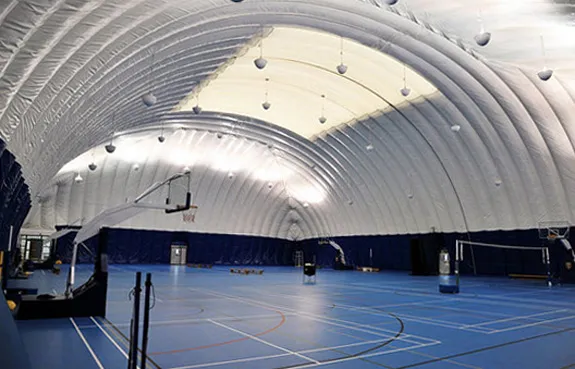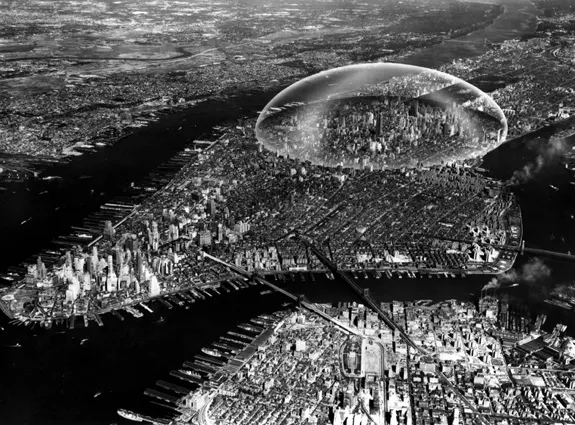How to Survive China’s Pollution Problem: Masks and Bubbles
The air quality in China’s biggest cities is famously atrocious, but designers think they may have found a way to combat the issue
/https://tf-cmsv2-smithsonianmag-media.s3.amazonaws.com/filer/20130226010045frog-pollution-mask-470.jpg)
Last January, air pollution reached new levels of toxicity in China. Just how bad did things get? According to the Chinese Air Quality Index (AQI), measurements of particulate matter in the air reached more than 1,000 micrograms per cubic meter the northeastern part of country. That probably doesn’t mean anything to you without context though, so here it is: anything above 300 is considered “hazardous” and citizens are warned that they “may experience more serious health effects.” For even more context, consider that the U.S. AQI only goes up to 500. Air quality in China is a constant concern and while the recent toxic cloud has dissipated for now, a number of businesses are creating new ways to battle pollution at every scale – from personal designer face masks to inflatable architecture.
The Shanghai office of the design firm Frog recently came up with a concept for a modern air mask that provides air quality data in real time. The AirWaves mask (top image) is an improvement to the standard air masks in both style and substance. As it filters the air breathed by the wearer, embedded particle sensors feed data to an accompanying smartphone app that connects to a larger AirWaves network, which users can access to view air data by neighborhood. Frog hopes that by “leveraging the community” they can create a more reliable and a more trustworthy source of pollution data.

The Shenzen-based company Broadwell technologies builds inflatable, pressurized domes to cover athletic fields in winter, but lately it has found new clientele for its enormous inflatable architecture: wealthy Chinese people and organizations who like to breathe. Broadwell has partnered with the California-based air filtration company UltraViolet Devices, Inc. (UVDI) to add air filtration systems to its domes so that Chinese residents can enjoy the outdoors in the safety of the indoors. The most widely publicized use of Broadwell’s new domes is their installation over the sports complex at the International School of Beijing (ISB), where the dome was fitted with a custom dual-stage particulate and activated carbon filter system designed by UVDI. The joint venture by the Broadwell and UVDI creates a space with an AQI rating below 50 – within the range of what is technically referred to as “good”.

Domes and inflatable buildings captured the imagination of architects in the 1960s and 1970s, but they have traditionally been affiliated with revolutionary artists and architects like Ant Farm, who traveled the country inflating temporary structures to hold lectures or screen movies, and Buckminster Fuller, who suggested that a two-mile diameter dome could be built over midtown Manhattan, saving residents more than 90 percent on their energy costs while also protecting them from inclement weather and nuclear attacks. Broadwell’s inflatables are decidedly less counter-cultural but are in their own way revolutionary, as they represent a new solution to temporary atmospheric control at a massive scale. These so-called “pollution domes” can cost more than a million dollars and measure over 54,000 square feet – not quite the size of a city, but unless the sources of the pollution are regulated, covering all of Beijing would only transform the Chinese city into the world’s biggest smokers’ lounge.
China is taking steps to improve its air quality but cleaning pollution takes times and governments tend to move slowly. While new policies take shape, Chinese designers and engineers will continue to affect change by doing what they do best: solving problems creatively.
/https://tf-cmsv2-smithsonianmag-media.s3.amazonaws.com/accounts/headshot/Jimmy-Stamp-240.jpg)
/https://tf-cmsv2-smithsonianmag-media.s3.amazonaws.com/accounts/headshot/Jimmy-Stamp-240.jpg)